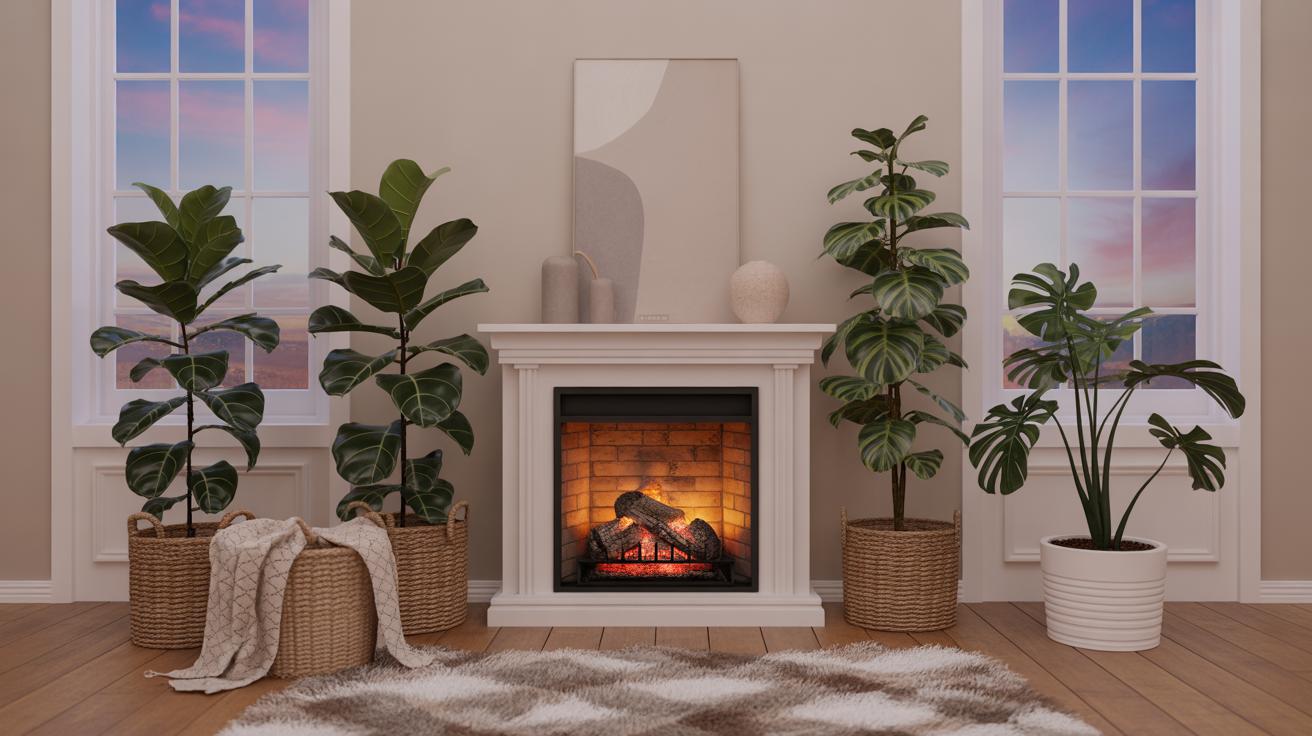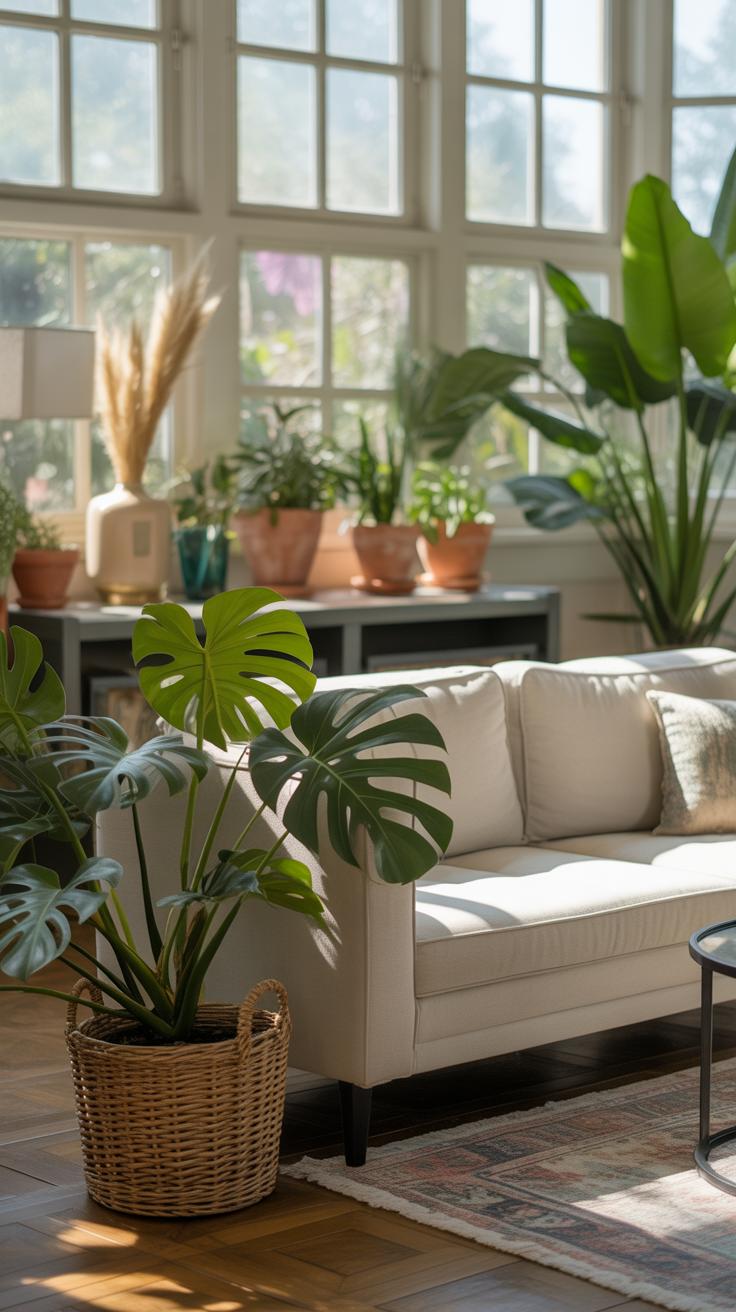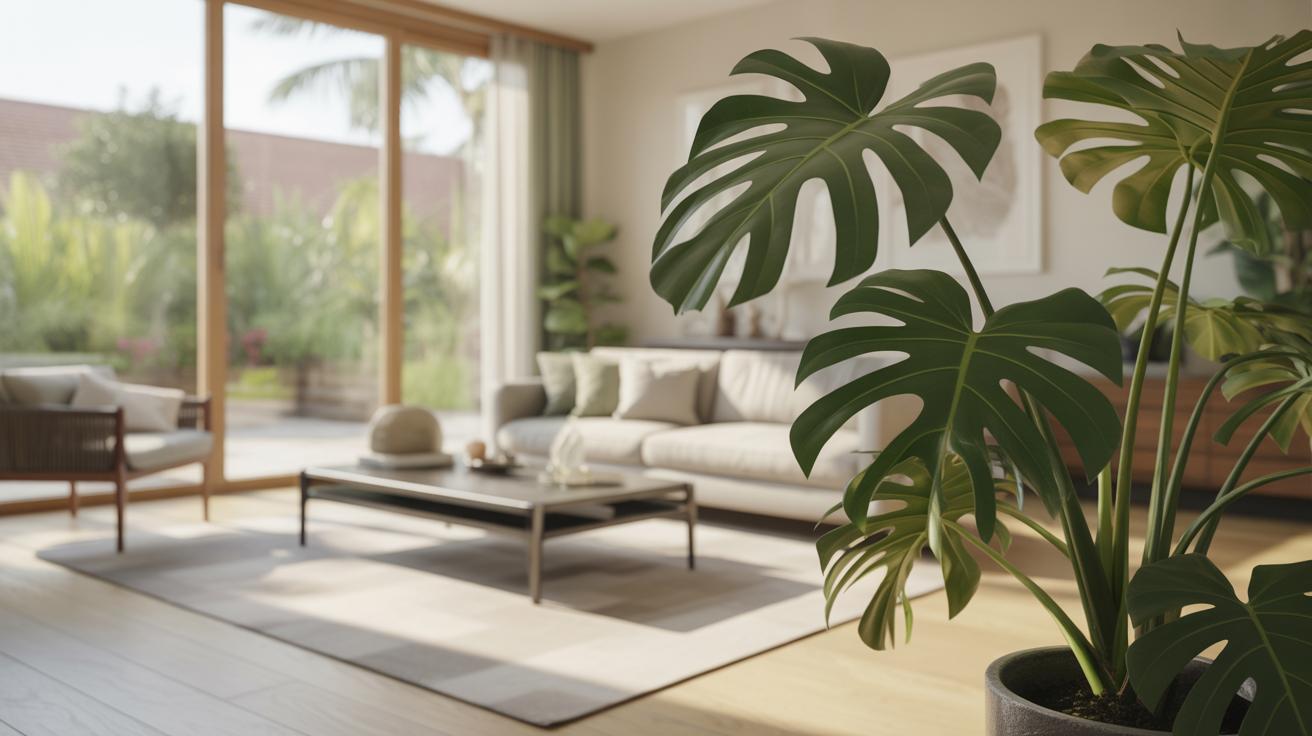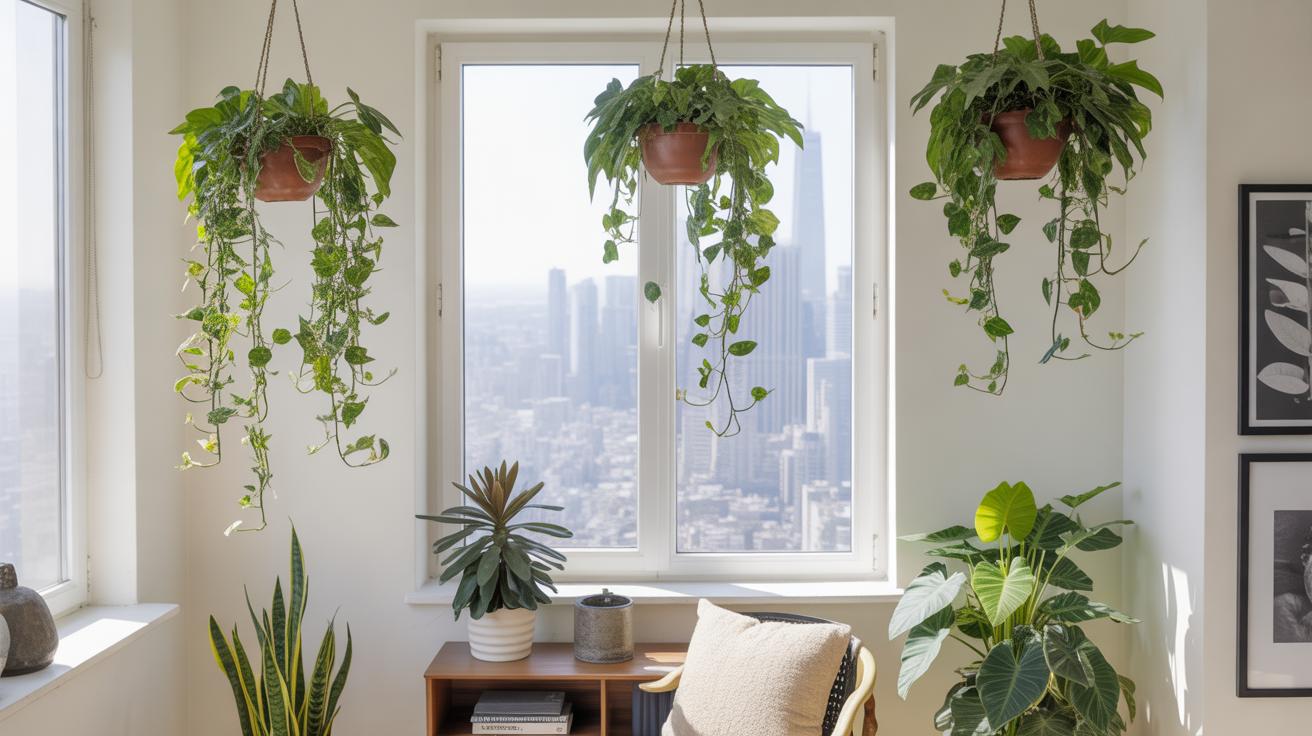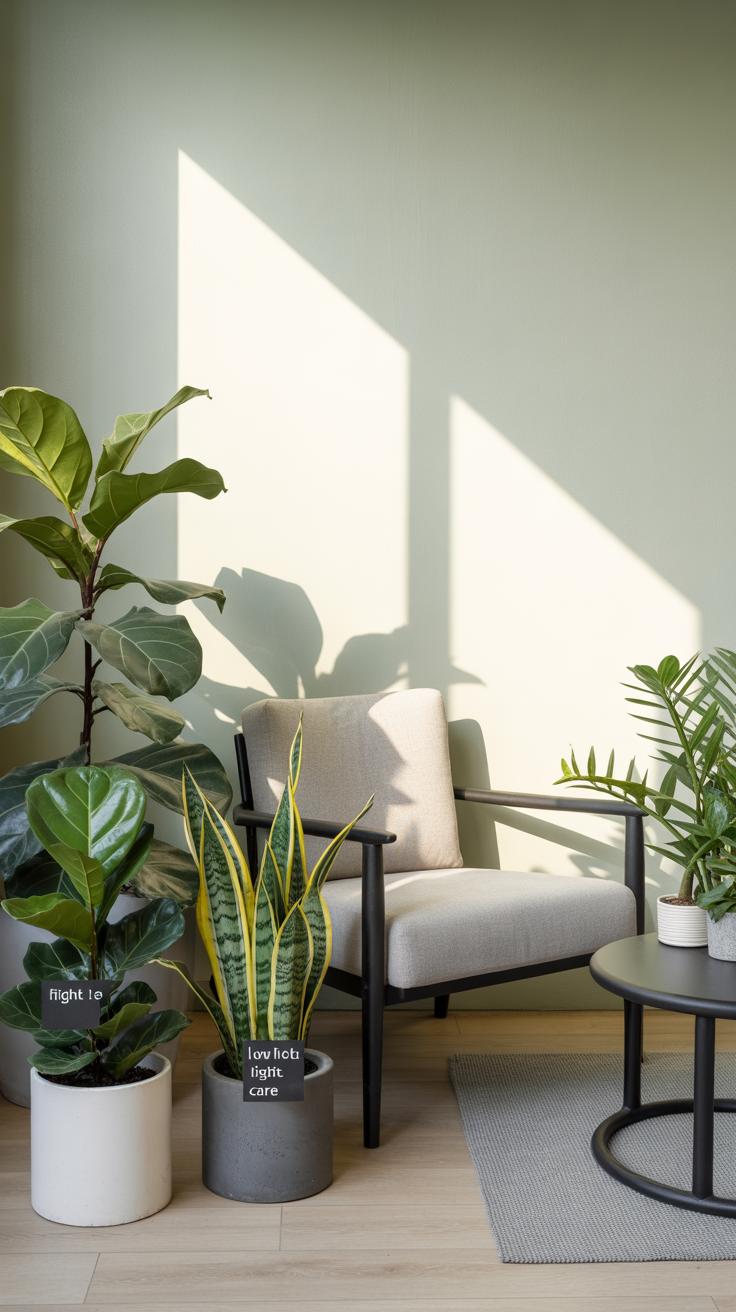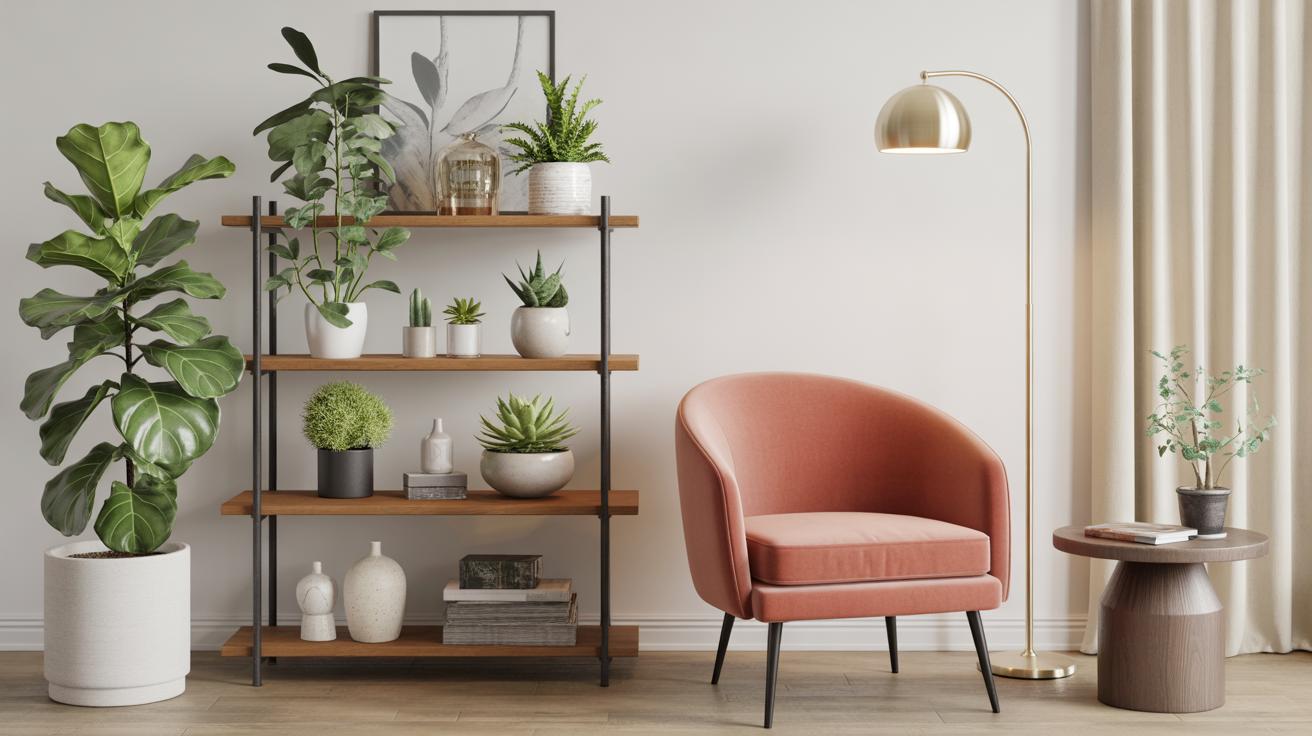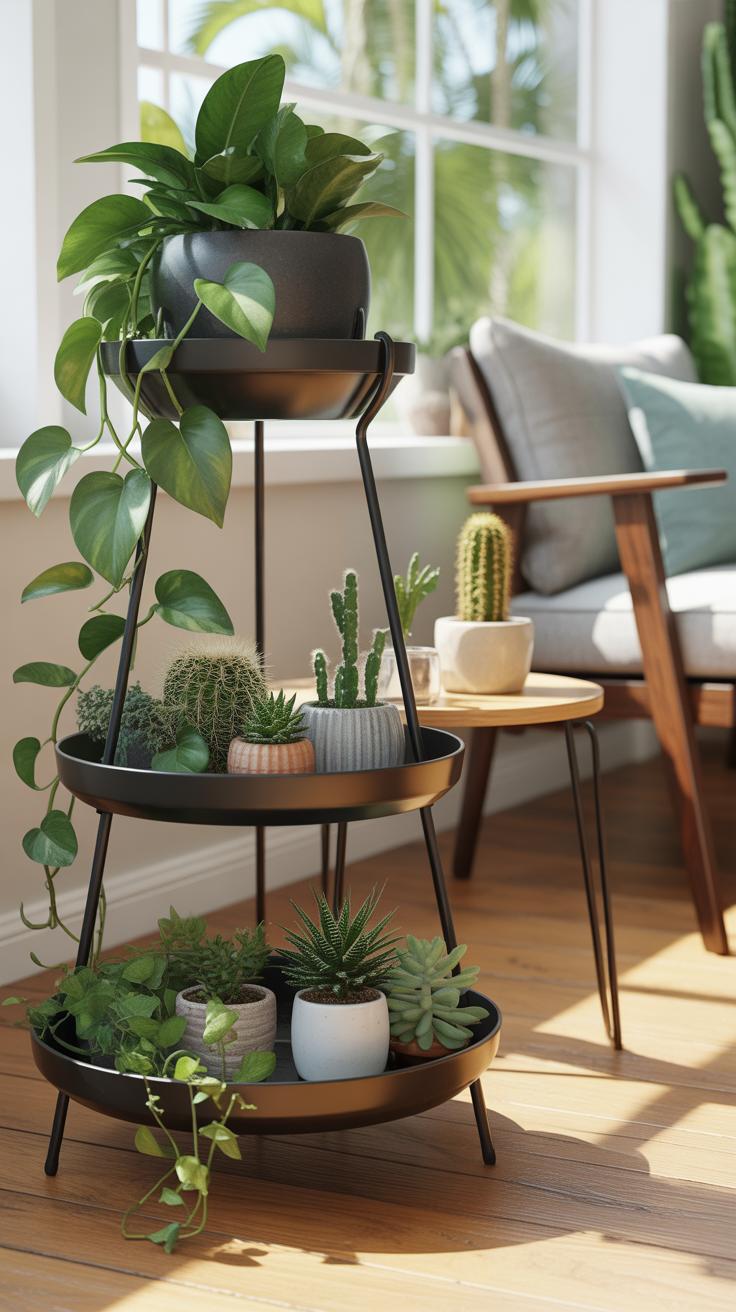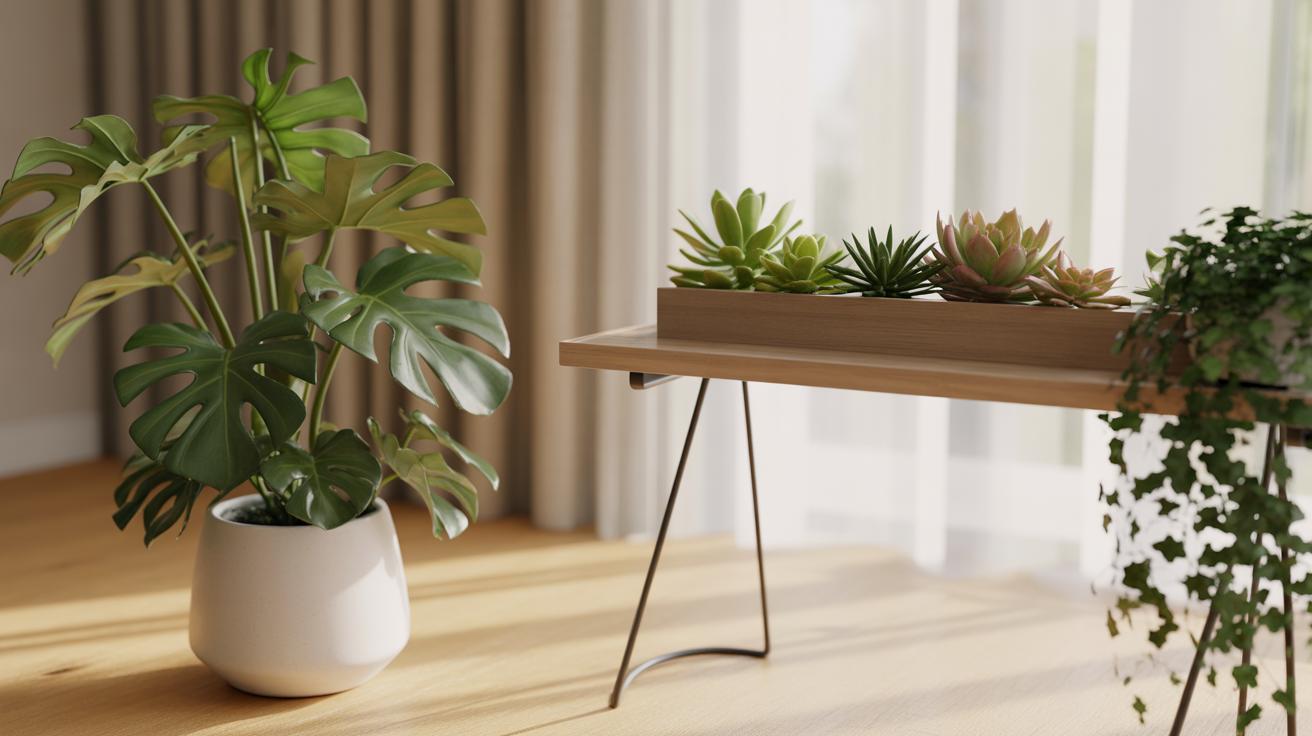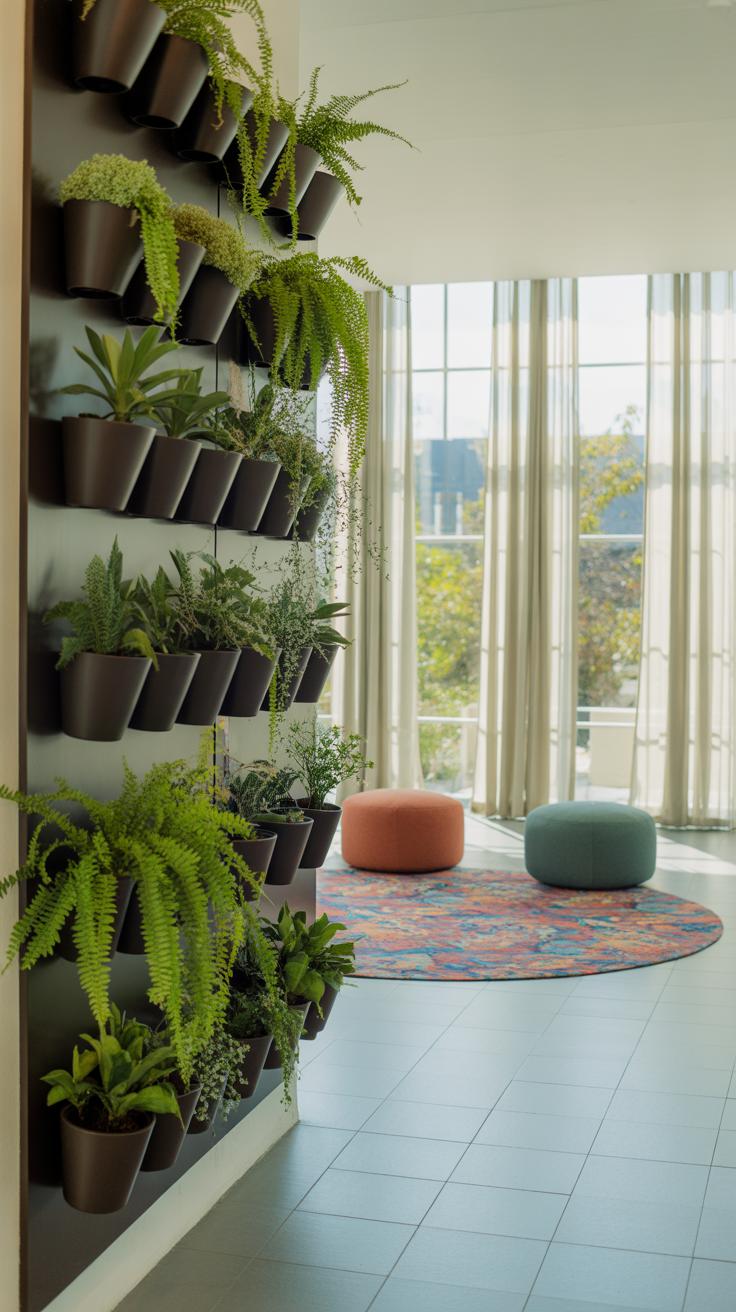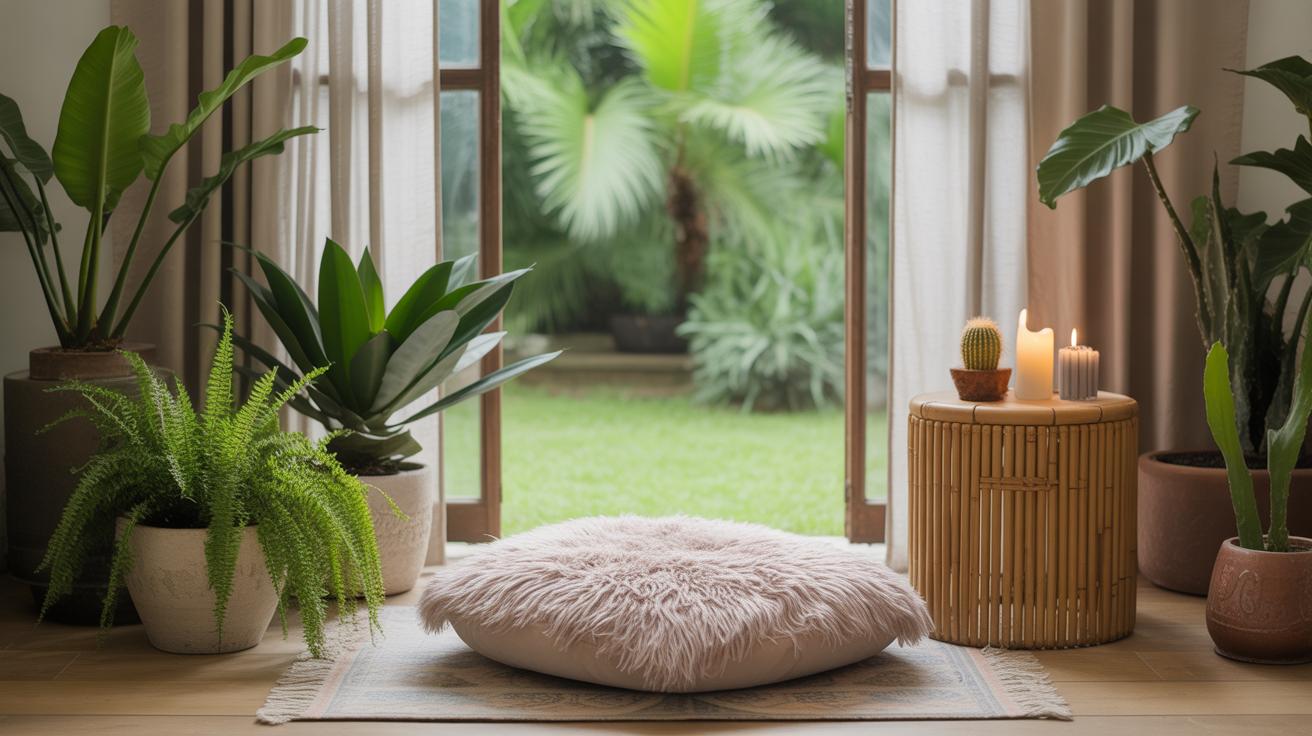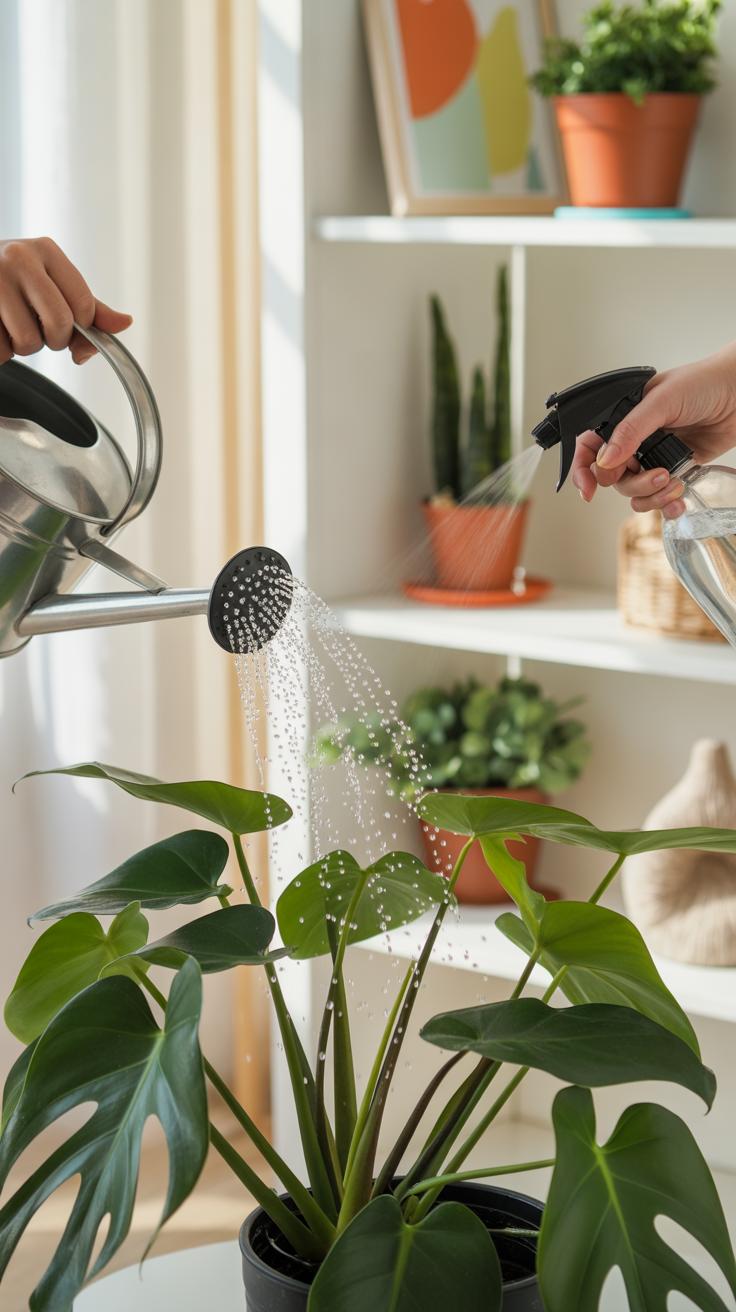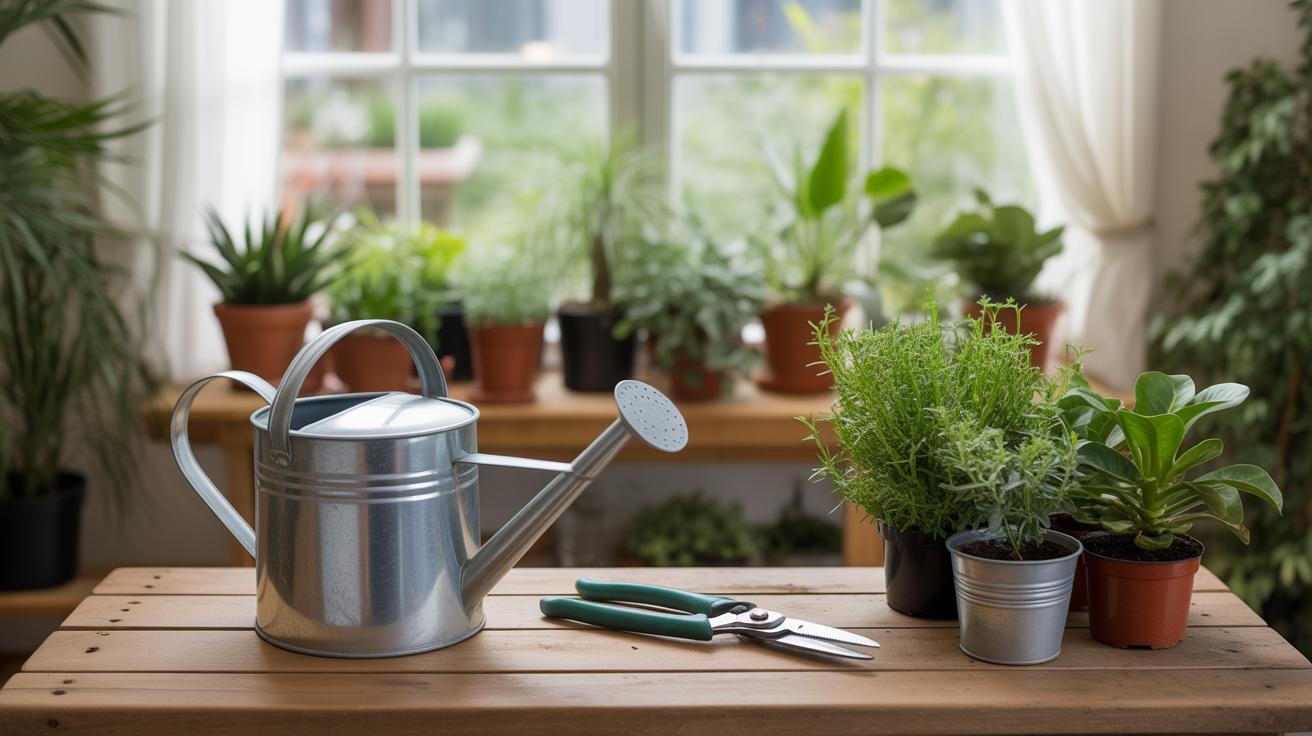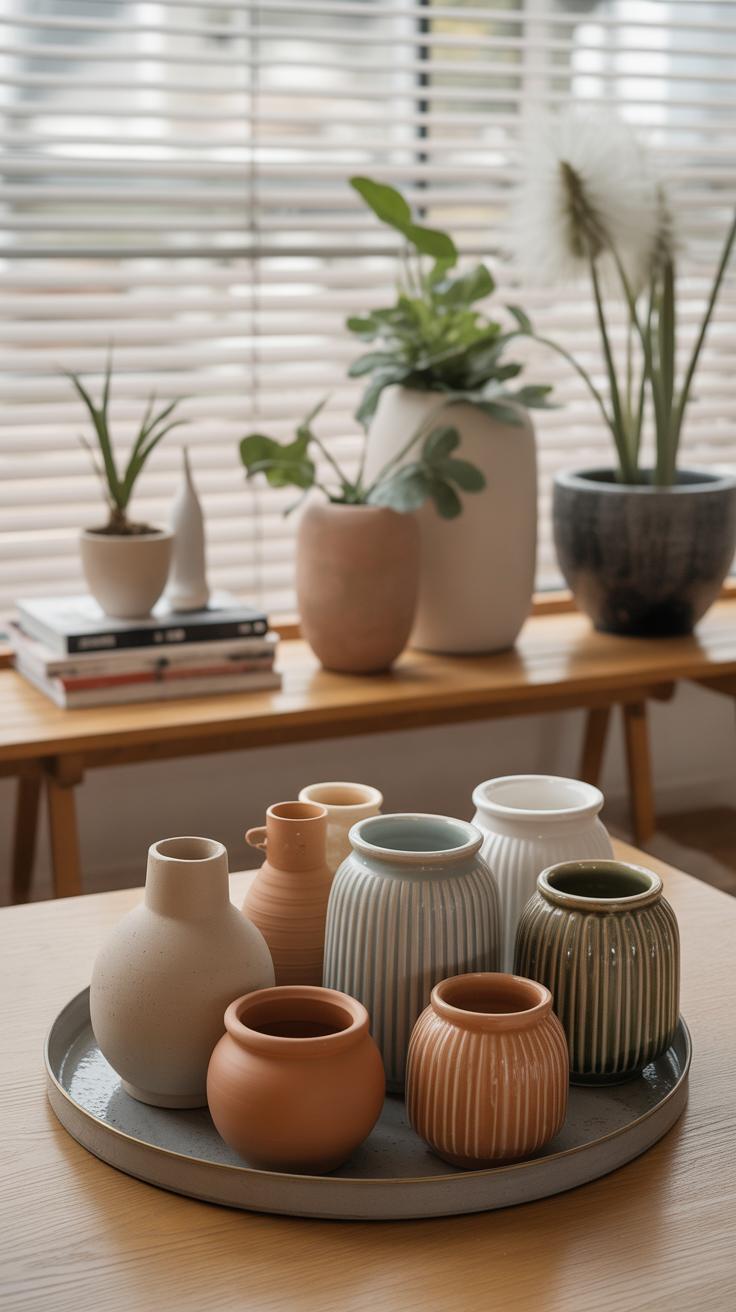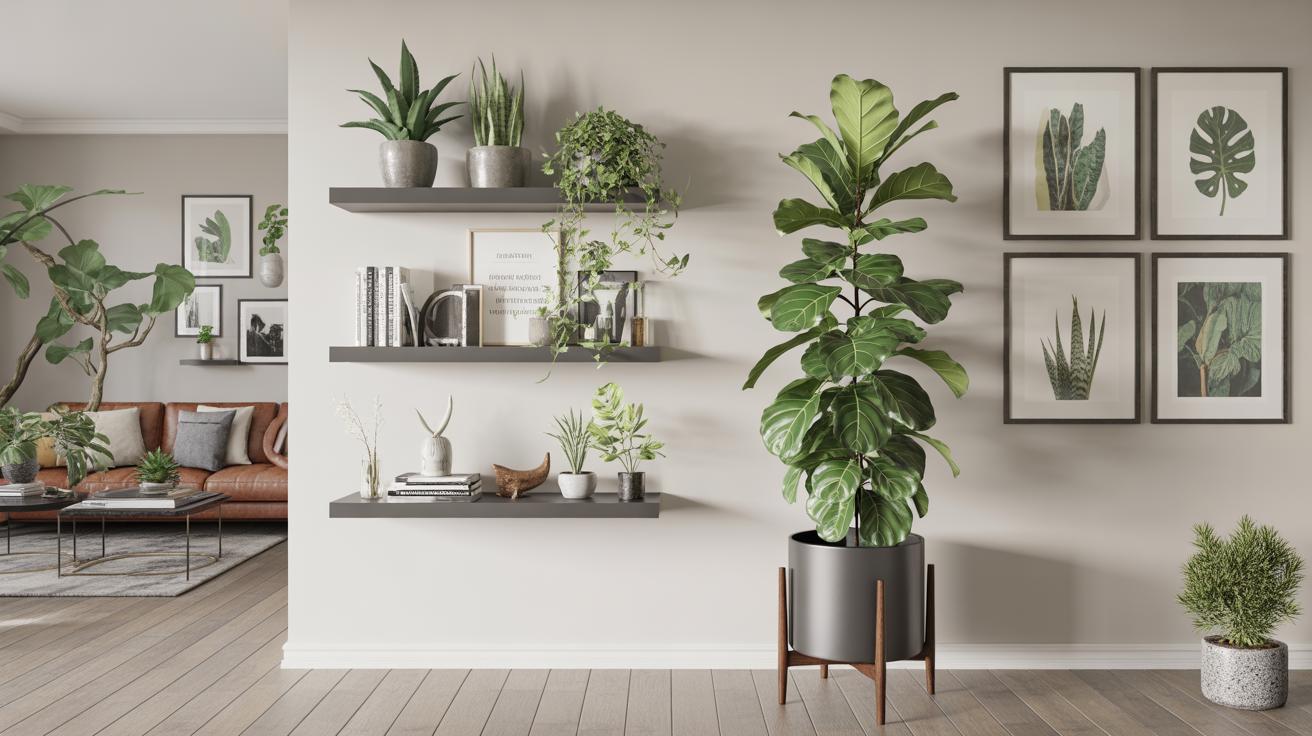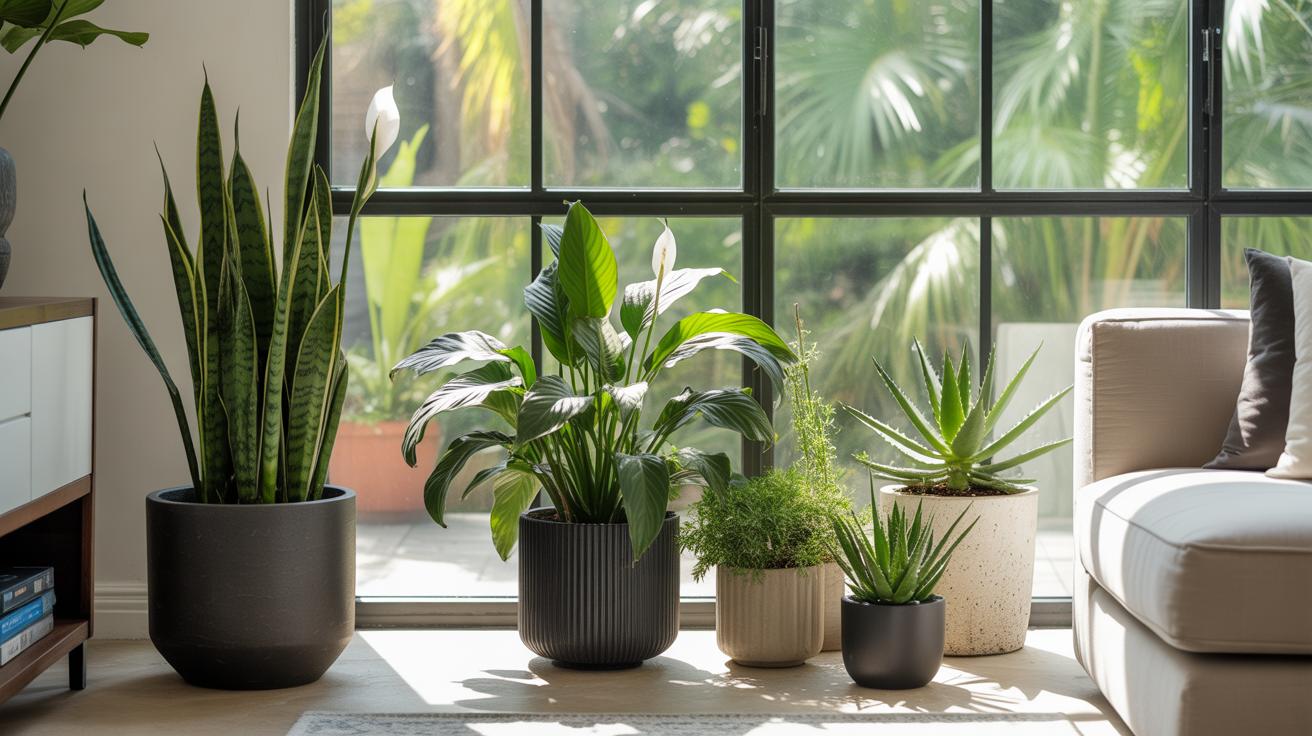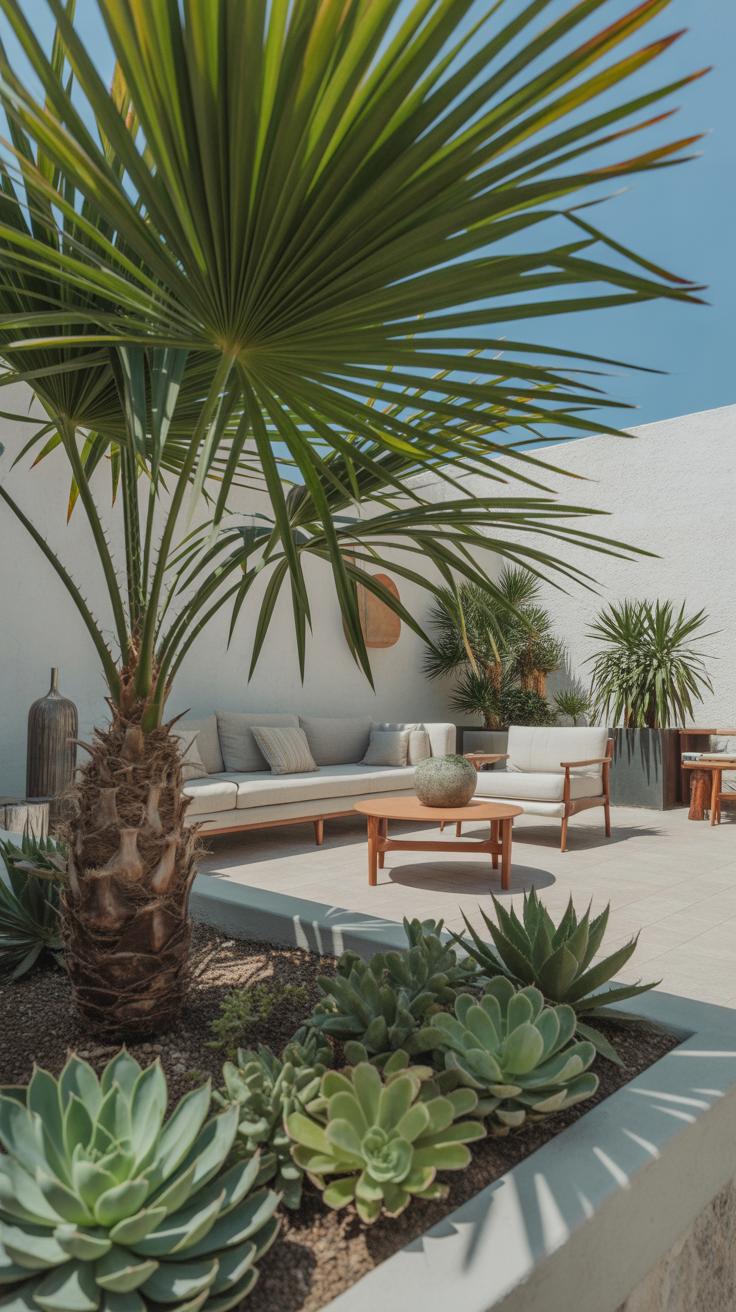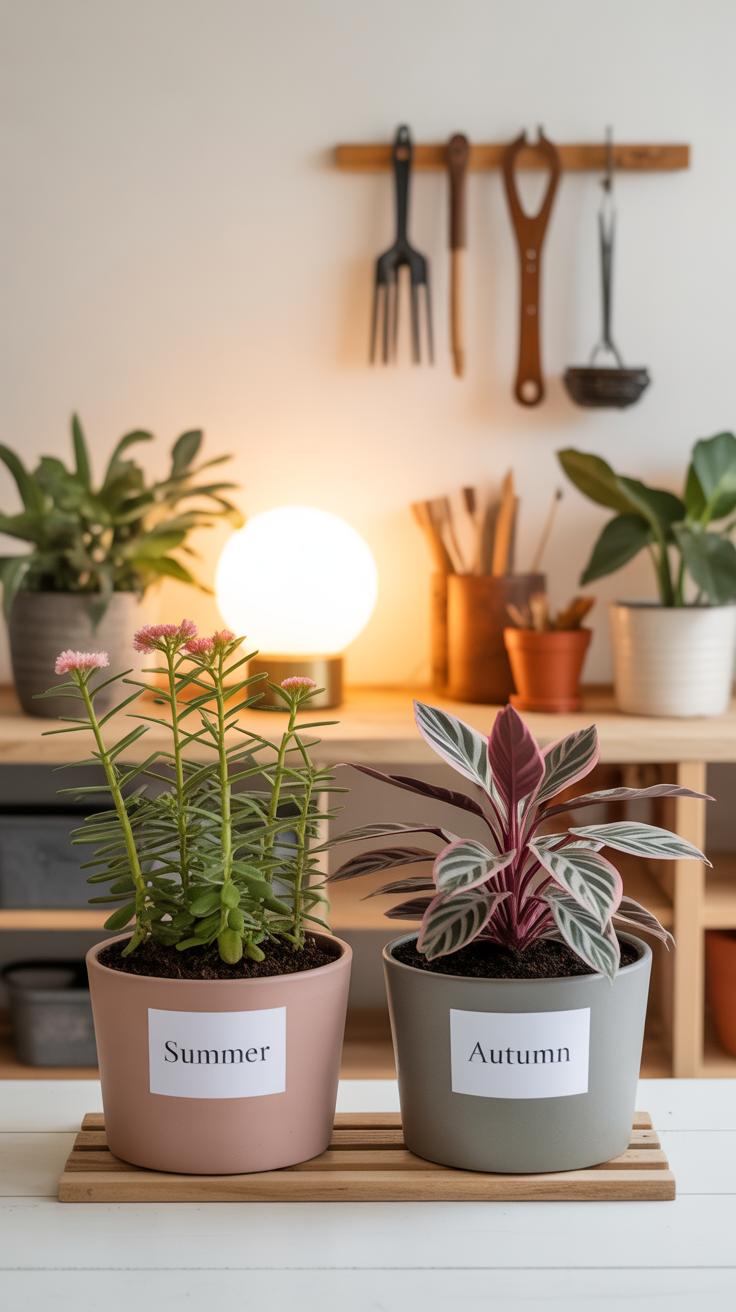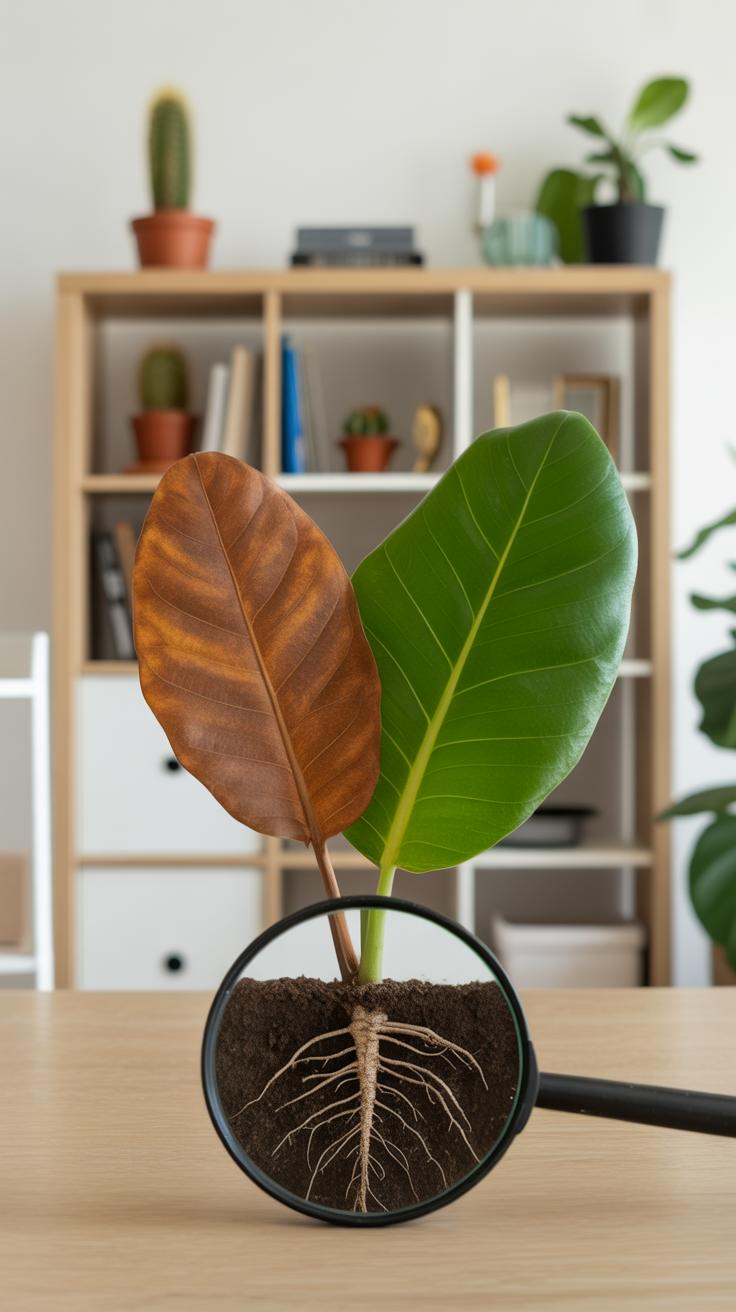Introduction
Living room plants can change the feel of your home. By adding green plants, you bring life and freshness into your space. Living Room Plants Decor Ideas For A Cozy Vibe explores how you can use plants to make your living room cozy. When done right, plants not only decorate but also improve air quality and mood.
This article walks you through picking the best plants, placing them smartly, and decorating ideas. You’ll see how simple plant choices and arrangements make your living room a place you want to spend time in every day. Let’s dive into ways to bring calm and comfort through greenery.
Benefits of Adding Plants to Your Living Room
When you bring plants into your living room, the space changes in ways you might not immediately notice. It’s not just about looks. Plants make the atmosphere more relaxed and inviting. There’s something calming about having green life nearby — maybe it’s the subtle movement or just knowing you’re nurturing something. You could say they create a kind of quiet energy that makes the room feel less sterile and more like a place where you want to linger.
The health perks are real, too. For example, some plants help regulate humidity, which can make breathing easier and skin feel less dry, especially in colder months. If you’ve ever spent time in a room with a few leafy plants, you might have felt the air “softer,” almost cleaner. It’s a small but noticeable difference, and one that tends to make you want to spend more time in the room.
On a practical level, the presence of plants can encourage you to slow down a bit, to care for something living. That routine can bring a subtle sense of purpose during otherwise hectic days. It’s more than decoration—plants can quietly shift how we feel about our space and ourselves.
Air Cleaning Properties of Plants
Plants don’t just sit there looking nice. Many actually work as natural air purifiers. They absorb gases and toxins through their leaves and roots, which can remove pollutants like formaldehyde, benzene, and trichloroethylene. These chemicals are often found in common household items, so having plants around might reduce their presence in your living room.
NASA research and other studies suggest certain plants improve indoor air quality by absorbing carbon dioxide and releasing oxygen, which can boost the freshness of the space. Some popular options for air cleaning include spider plants, snake plants, and peace lilies. Of course, the effect depends on how many plants you have and the size of your room. But even a few well-chosen ones can make a noticeable difference.
That said, plants won’t replace proper ventilation or air filters if you have a more serious air quality issue. Still, they add a natural layer of purification that’s tough to beat in combination with other steps you take.
Plants Improve Mood and Reduce Stress
It’s surprising how just glancing at plants can lighten your mood. Many people report feeling calmer and less anxious after spending time near greenery indoors. There’s something about the shapes and shades that seems to tap into basic human responses—perhaps a kind of relief from the overstimulation of screens and city noise.
Taking care of plants also distracts you in a good way. Watering, trimming, or simply watching new growth develops can be therapeutic. During a stressful day, these little interactions can provide a break that refreshes your mind. You might find your worries don’t seem as heavy when you focus on the small life you’re nurturing.
Still, not everyone feels the same about plants. Some might find maintenance stressful or worry about messes. But for many, the act of caring for plants provides a sense of control and accomplishment that lifts spirits. So, it’s about finding the right balance—and maybe the right plants—for you and your living room.
Choosing the Best Plants for Your Living Room
Picking plants for your living room depends a lot on the light levels, the space available, and how much time you want to spend on care. Not every plant thrives everywhere, so it’s helpful to think about where your room sits on the light spectrum.
Low Light vs Bright Light Plants
If your living room doesn’t get much sun, don’t worry—you’re not out of options. Plants like the snake plant, pothos, or ZZ plant tend to handle shade well. They don’t need direct sunlight and still manage to look fresh. On the other hand, if your living room has large windows or gets lots of indirect sun, you can try peace lilies, spider plants, or fiddle leaf figs. These plants prefer brighter conditions but not intense, direct sunlight all day.
Sometimes, it’s tricky to tell how much light a spot really gets, so a little trial and error might be needed. I’ve moved a plant around a few times before finding that one perfect corner where it truly thrives.
Easy Care Plants for Beginners
Maybe you’re new to plants or just don’t have the time for high-maintenance greenery. In that case, consider these simple options:
- Snake Plant – can go weeks without water and tolerates low light.
- Pothos – fast-growing, forgiving, and adapts to different light levels.
- Spider Plant – thrives in bright or moderate light and bounces back quickly.
- ZZ Plant – almost indestructible and requires infrequent watering.
Keeping them healthy mainly boils down to not overwatering. Most easy plants suffer more from too much care than too little. Leaving their soil to dry out between waterings usually does the trick. Though it might feel like neglect sometimes, that’s really where they do best.
How to Arrange Plants for Visual Appeal
When arranging plants in your living room, think beyond just placing them randomly. You want an inviting space, but that doesn’t mean everything needs to be perfectly symmetrical or overly planned. Sometimes a slightly casual grouping feels warmer and more natural.
Grouping Plants by Size and Shape
Try grouping plants with similar heights or contrasting shapes to create interest. For example, place a tall, narrow snake plant beside a fuller, bushier pothos. This contrast draws the eye without overwhelming it. When you cluster plants, start with larger ones in the back or corners and layer smaller pots in front. It’s okay if some shapes overlap or lean a bit; this can add a relaxed vibe rather than a staged one.
Grouping by size can also help define corners or empty spots, making your room feel complete but not cluttered. Think about combining different leaf textures—a spiky dracaena with soft ferns—to keep the display lively but balanced.
Using Plant Stands and Shelves
Plant stands and shelves aren’t just useful—they’re kind of essential when you want to play with height and focus. By elevating some plants, you introduce layers that make your room more dynamic. A tall stand with a statement plant can serve as a natural focal point, while smaller shelves let you arrange several plants in compact spaces.
Sometimes, a tiered shelf can create a mini garden effect, bringing variety without demanding too much floor space. Stands help avoid crowding and protect delicate plants from pets or kids. Using a mix of wooden or metal stands can also add texture to your setup, but be careful not to overdo it; too many levels might feel chaotic rather than cozy.
Have you ever noticed how varying the heights of plants naturally encourages you to look around the room more? That subtle flow can make a big difference in how inviting your living room feels.
Decor Ideas with Living Room Plants
Using plants as part of your living room decor can go beyond simply placing a pot in the corner. Small plants, in particular, work really well as centerpieces on coffee or side tables. Think about grouping a couple of succulents or tiny ferns in unique containers. They don’t take up much space but add life and a sort of quiet energy to where you usually relax or entertain. Sometimes I’ve found that switching up the pots—maybe using a rustic ceramic or a shiny metal one—can change the whole vibe without buying new plants.
Then there’s the idea of plant walls. These have become popular for a reason—they save floor space and create a green backdrop that feels fresh and natural. Putting together a vertical garden doesn’t mean you need fancy frames or an entire green wall kit. You can start small with a few wall-mounted planters arranged in an interesting pattern. Play with heights and leaf shapes to add texture and depth.
Hanging planters bring in another dimension. Using baskets or pots suspended from the ceiling or a wall hook lets your plants cascade down or poke out sideways. It’s a way to soften edges and bring greenery closer to eye level in places where surfaces are crowded. Plus, they add a bit of surprise—your eye keeps wandering up to check what’s growing there. You might wonder if this takes too much effort, but in reality, hanging a few planters is quite manageable and changes the whole feel of a room.
Caring for Your Living Room Plants
Keeping indoor plants healthy isn’t as complicated as it might seem, but it does require some attention to their basic needs. I’ve found that plants usually thrive when you watch closely for subtle clues—they don’t always ask for water outright, but their leaves will often tell you when something is off.
Watering Tips for Indoor Plants
How often you water depends a lot on the type of plant. Succulents, for example, like to dry out between waterings. Overwatering them can be a quick way to ruin them—maybe once every two weeks is enough. On the other hand, tropical plants like the peace lily want consistently moist soil, but not soggy. Over time, you get a feel for each plant’s preferences, but a good rule is to check the top inch of soil—if it feels dry, it’s probably time to water.
Also, quantity matters. Water enough to soak the soil but without leaving your pot sitting in water. Drainage holes matter here. You might catch yourself watering too little just because you’re worried about overdoing it, but seriously, underwatering can stress plants just as much.
Light and Temperature Needs
Lighting can feel tricky. Most living room plants prefer bright, indirect light, but does that mean near a window? Sometimes yes, but direct sun can scorch leaves quickly. I once placed a fiddle leaf fig too close to the window and its leaves turned brown overnight—lesson learned. If your living room lacks natural light, you might try grow lights or simply rotate plants to keep their exposure balanced.
Temperature affects plants in subtle ways. Most do well between 65-75°F (18-24°C). Sudden drafts from doors or heating vents can cause stress—and not every plant reacts the same. Some tolerate cooler spots, others don’t. If you forget to close a window one chilly night, your plants probably won’t die, but it might slow their growth or drop a leaf or two.
Overall, observing your plants daily—seeing how they respond to watering and light, adjusting when needed—is key. It’s almost like having a quiet conversation with them. Are you ready to listen?
Choosing Pots and Containers for Style
When you pick a pot for your plant, it does more than just hold soil. It changes how the plant feels in the room. A sleek ceramic pot might give a modern, clean vibe, while a woven basket pot can add a bit of texture and warmth.
Think about what the pot says to the rest of your living room. Does it blend in quietly or make a statement? Sometimes a bold textured pot steals the show, making the plant stand out like a piece of art. Other times, subtle colors and simple designs let the greenery do the talking.
Don’t be afraid to mix styles either. An eclectic mix can be cozy, almost like a collected-over-time look. You might want to try grouping different pots with various shapes but similar colors to keep things balanced yet interesting.
Materials and Colors of Plant Pots
Pots come in a range of materials—terracotta, ceramic, metal, plastic, and even concrete. Each has a different feel and impact on the room’s mood. Terracotta feels warm and earthy but might not suit a room with lots of sleek surfaces. Metal pots can add a cool, industrial touch but might seem cold in softer spaces.
Colors also play a big role. White or light-colored pots tend to brighten up a corner. Dark pots can add depth and ground the plant visually. Matching pot colors to elements already in your room—like cushions or artwork—can help your plants feel integrated rather than thrown in. Of course, some prefer contrast, setting pots apart on purpose. There’s no one right answer here; experiment and see what feels right to you.
Using Decorative Containers
If you want to add some personality, try containers beyond standard pots. Old wooden crates, vintage tins, or even repurposed bowls can bring character. Imagine a plant tumbling over a colorful ceramic pitcher or sitting inside a minimalist wire basket—it’s unexpected and can really spark interest.
Plants in uniquely shaped pots, like geometric designs or asymmetrical forms, offer a modern twist. You might also choose containers with patterns or textures that catch light differently. I once saw a succulent in a cracked-glass pot that looked like jewelry sitting on the shelf. Little things like that can trigger conversation and make the greenery part of your overall decor story.
Have you thought about how your choice of pot reflects your style? Sometimes those choices say more than the plants themselves.
Using Plants to Define Living Room Areas
Plants as Room Dividers
Using plants to divide a living room can be surprisingly effective. Tall leafy plants like fiddle leaf figs or snake plants offer natural barriers without the harshness of a solid wall. You could line up a row of these in large pots to block off a corner or separate entryways from the main seating area.
Plant shelves work well too, especially if you want some openness but still a clear sense of space. A multi-tiered stand loaded with different-sized plants creates layers—both visually and physically. Sometimes I find this less confining than a permanent divider. Still, it shapes the way you move and where your eyes rest.
Creating Cozy Corners with Plants
If you want to carve out a spot for reading or relaxing, plants can do the trick quietly, almost like a soft border. Placing a medium-sized plant next to an armchair, with a small side table and a floor lamp, creates an inviting nook. The plants feel like company without overwhelming the space.
Sometimes a cluster of small plants on different height stools or stands can turn a plain corner into a retreat. I’ve noticed how a bit of greenery shifts the mood, making the area feel warmer and somehow… safer. You might want to try mixing plants with varying textures. It makes the corner look intentionally arranged, not just an afterthought.
What kind of spot in your living room could benefit from this gentle division? Maybe a plant barrier will open new possibilities for your space.
Seasonal Plant Care and Swaps
Caring for Plants in Different Seasons
As the seasons shift, so do your plants’ needs. Watering routines rarely stay the same year-round. In spring and summer, most living room plants crave more frequent watering because of higher temperatures and increased growth. You might find yourself watering every few days instead of once a week. But when cooler months arrive, plants often slow down. They need less water, sometimes only once every two weeks or so.
Light is another factor to consider. Summer’s longer days flood your living space with sunlight. It can be tempting to place plants right by the window, but some might get scorched. When fall and winter come, daylight decreases sharply, so you may want to move plants closer to windows or under grow lights. Yet, be careful; not all plants thrive with low light—you’ll want to watch for signs of stress like drooping or yellow leaves. It’s a bit of trial and error each year.
Swapping Plants for New Looks
Changing up your plant lineup can keep your living room feeling fresh and comfortable throughout the year. Swapping out one or two plants with more seasonal varieties can add subtle shifts in color or texture that reflect the changing weather. For example, heavier-leaved plants might suit winter better, while airier, flowering types feel right for spring.
You could even rotate the same plants between different spots in your room to catch the light better or change the vibe. Sometimes just moving a plant to highlight a corner or a shelf makes the whole space feel new. Honestly, I find this process rejuvenates not only the décor but also my connection with the plants themselves. Makes you wonder—do we treat our plants like simple decorations, or are these small living companions that grow with us? Either way, regular swaps challenge us to observe closely and respond thoughtfully to their needs and to our changing spaces.
Combining Plants with Other Decor Elements
Matching Plants with Room Colors
When you bring plants into your living room, their colors and the pots they sit in can either blend with or pop against your existing shades. Think about the tone of your walls and furniture. Soft greens usually work well with neutral walls, creating a calming effect. But if your walls are bold—say deep blue or warm terracotta—plants with darker or glossy leaves can stand out beautifully without clashing.
Pot colors play a role too. A terracotta pot will feel earthy and warm next to wooden furniture, while sleek black or white pots can feel crisp in modern, minimalist spaces. I’ve noticed that sometimes matching pot tones with small accent pieces—like a lamp base or picture frame—helps tie everything together, gently nudging your eye to appreciate the plant as part of the whole room.
Pairing Plants with Textures and Patterns
Textiles and patterns add another layer of interest when combined with plants. Imagine a velvety sofa with a large leafy plant nearby—the soft fabric contrasts with the plant’s structured leaves. Sometimes, this contrast works best; other times, it feels a bit off, so don’t hesitate to experiment.
Patterns especially make this tricky. Floral or botanical prints can echo the plants themselves, but maybe that creates too much visual noise for some tastes. Geometric or stripe patterns, in contrast, can ground the organic shape of plants quite well. Personally, placing a spiky succulent near a woven blanket with bold lines opened my eyes to how different textures can balance.
Think beyond fabric. Woven baskets, ceramic statues, or metal décor beside plants enrich the room’s texture. Mixing hard and soft, smooth and rough, adds comfort and visual warmth, without feeling overthought—you want it to feel natural. Have you tried putting a soft throw over a chair with plants in the corner? That little combo already makes a space feel cozier and more lived-in, I find.
Troubleshooting Common Plant Problems
Identifying Overwatering and Underwatering
It’s easy to mess up watering indoor plants, even for those who think they have a green thumb. Signs of overwatering often include yellowing leaves that feel soft, sometimes with a hint of mold on the soil surface. The roots may get soggy, leading to root rot if left unchecked. On the flip side, underwatering shows up as dry, crispy leaf edges or leaves curling inward. Sometimes the plant just looks tired or droopy without any obvious leaf color change.
Fixing these problems usually means adjusting how often and how much you water. For overwatering, cut back watering sessions and let the soil dry out a bit—this may take days, so patience helps. Consider repotting if the soil feels constantly wet. Underwatering calls for more frequent watering, but not drowning the plant in a flood. A good test? Stick your finger a couple of inches into the soil. If it’s dry, it’s time to water.
Dealing with Pests and Diseases
Pests like spider mites, aphids, and mealybugs can sneak into your living room oasis without warning. You might notice tiny webs, sticky residue, or small spots on leaves. Sometimes the leaves get distorted or drop prematurely. Spotting these pests early is key—don’t wait until your plant looks completely unhealthy.
Treating these intruders means acting fast. Wiping leaves with a damp cloth can help remove some bugs. In more stubborn cases, insecticidal soap or neem oil works well—just spray the entire plant, including the undersides of leaves. If disease strikes, like fungal spots or mold, remove affected leaves and improve air circulation around the plant. Overcrowding and damp conditions often make diseases worse, so consider if your plant’s placement could use some tweaking.
Ever wonder why some plants bounce back quickly while others seem doomed? Sometimes it’s the little things, like the exact watering routine or catching pests early. It’s a bit of trial and error, but when you get it right, your plants won’t just survive—they’ll shine.
Conclusions
Green plants create a warm, cozy feeling in your living room. By choosing the right plants and placing them carefully, you add beauty and comfort to your home. Small changes, like a plant on a shelf or a tall plant in a corner, brighten the space around you.
Using these Living Room Plants Decor Ideas For A Cozy Vibe can make your living room your favorite room. It’s about bringing nature inside and making your space feel alive. Start with one plant and see how it transforms your home’s mood and look.

